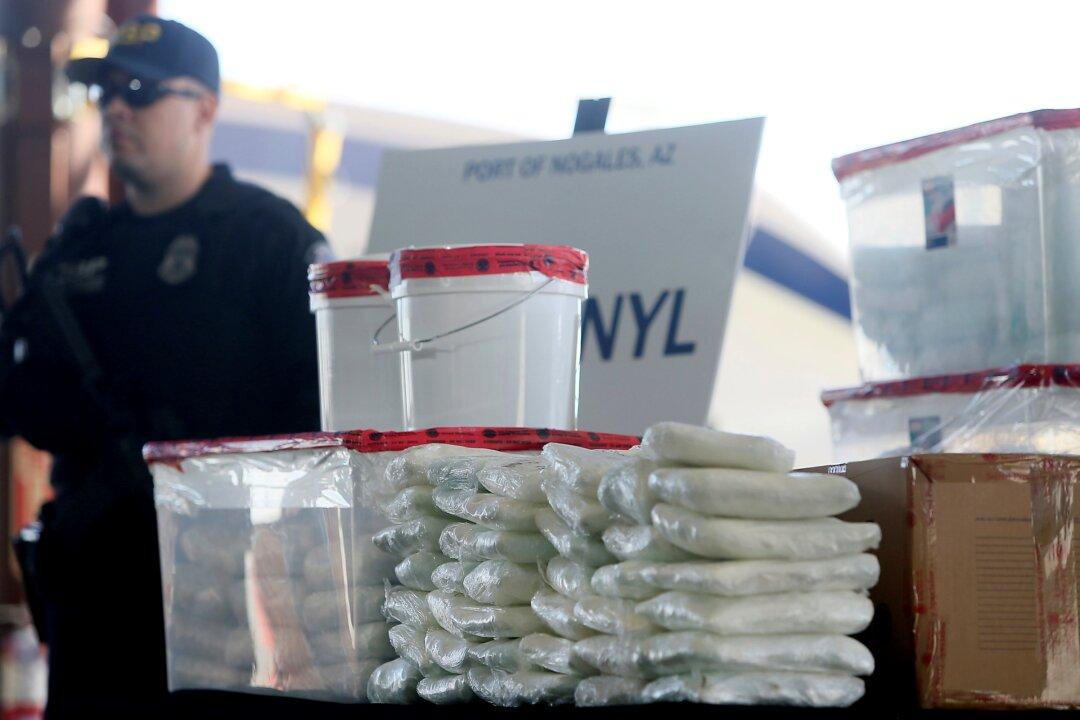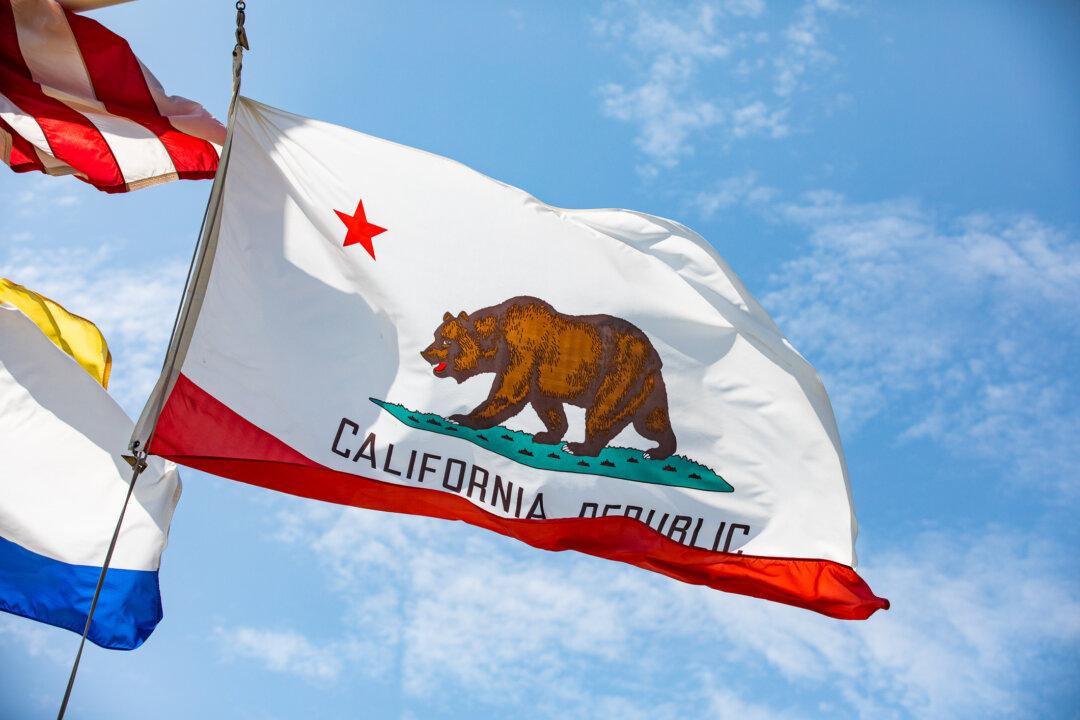U.S. Customs and Border Protection officials have seized enough fentanyl in California for fatal overdoses of 2.7 billion people so far this year, according to statistics from the agency.
The amount, nearly 4,900 kilos, was enough to kill the entire state’s population 68 times, according to calculations using the agency’s data and from federal drug enforcement officials.





